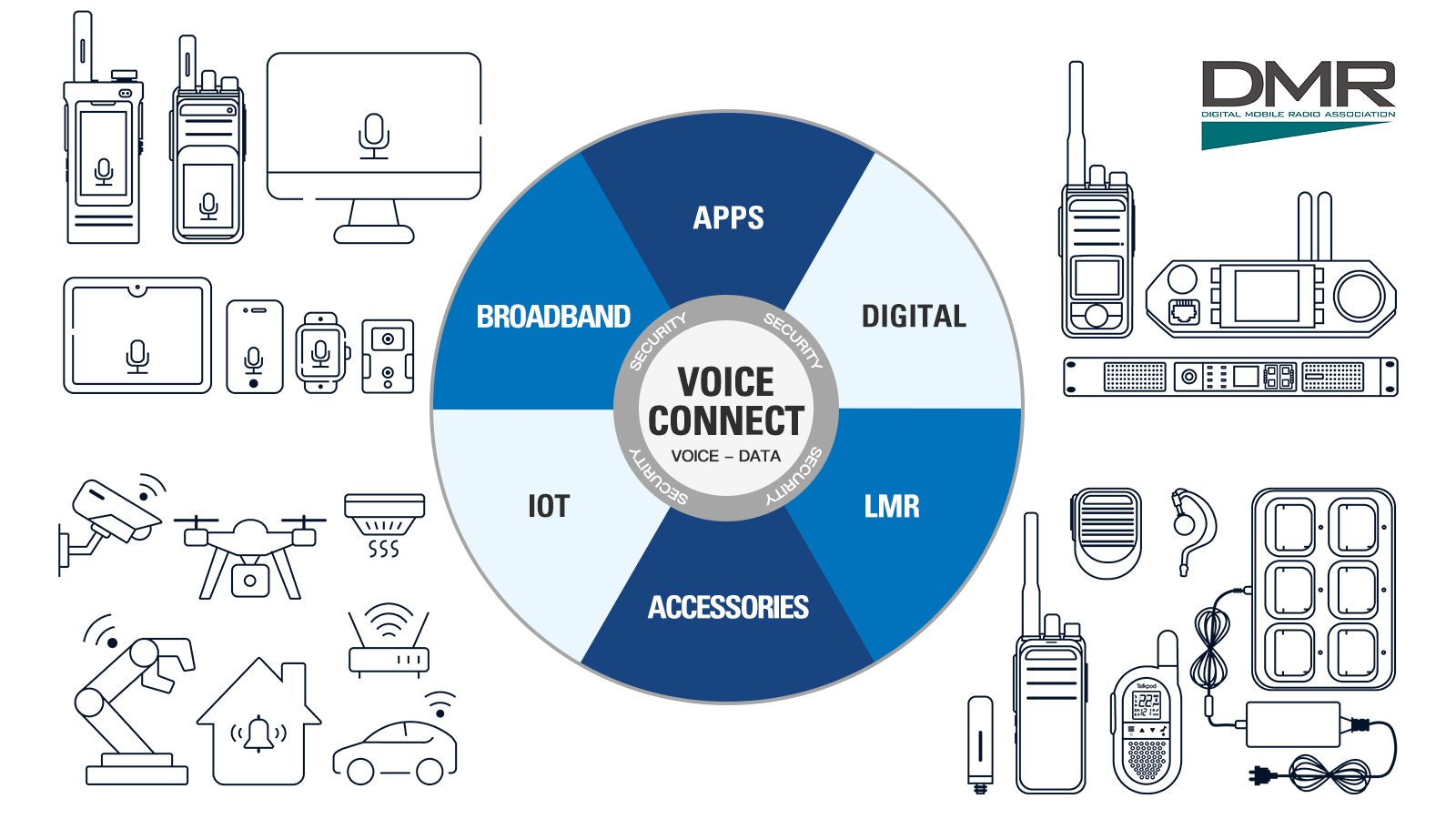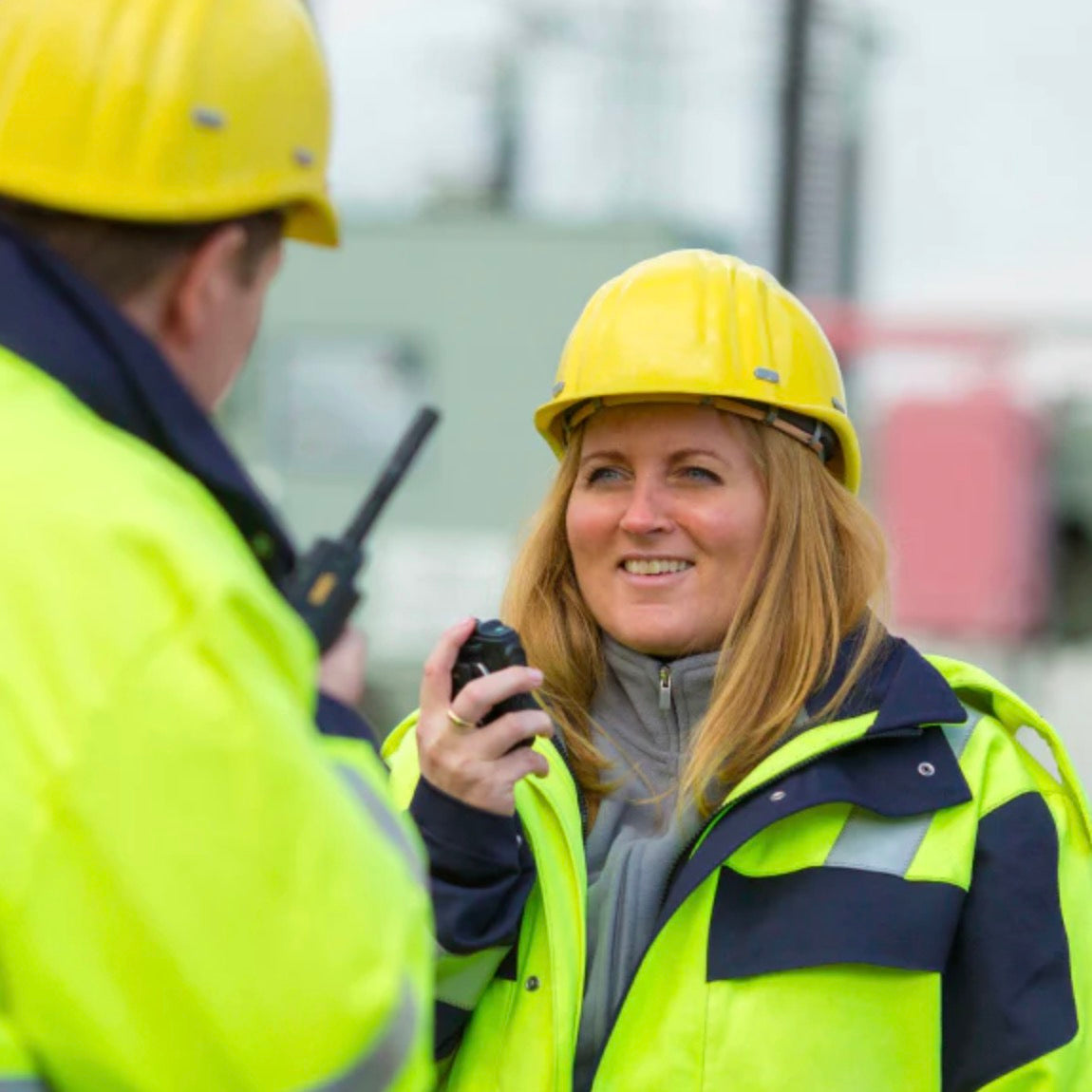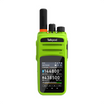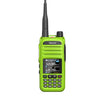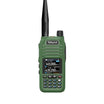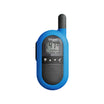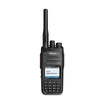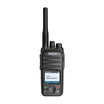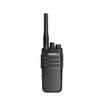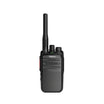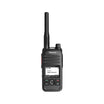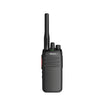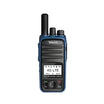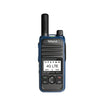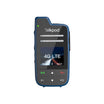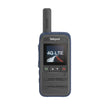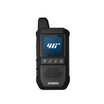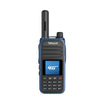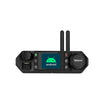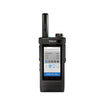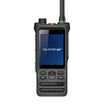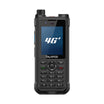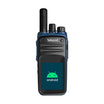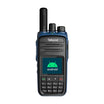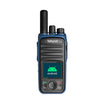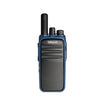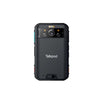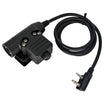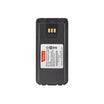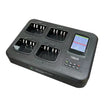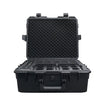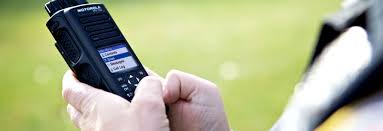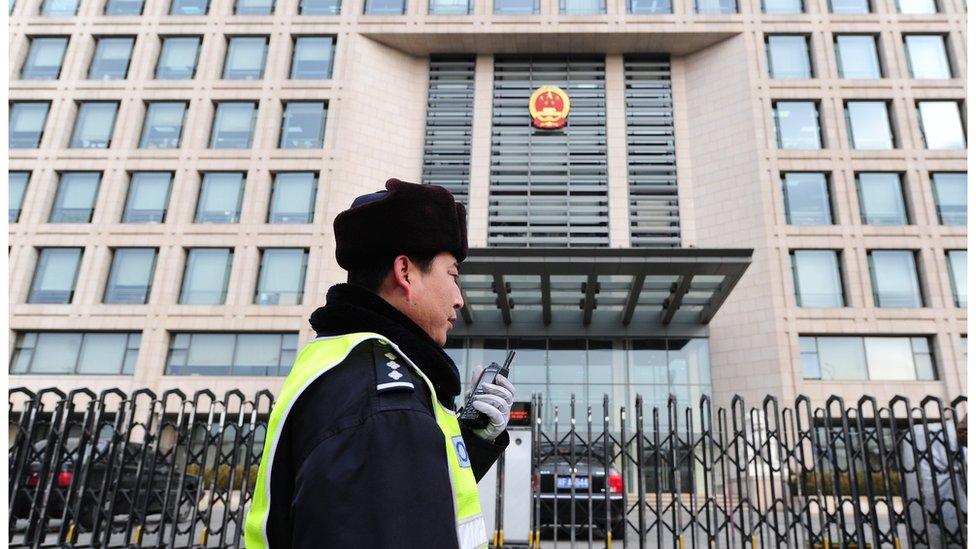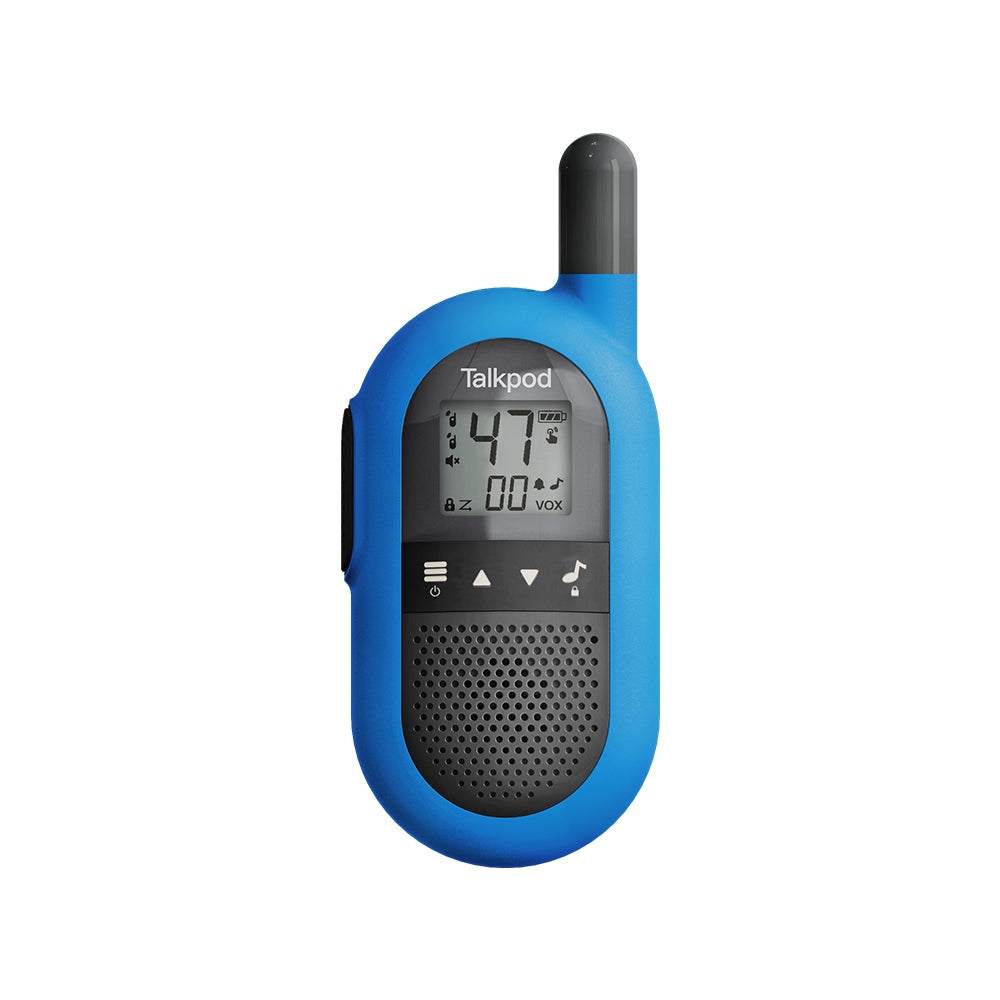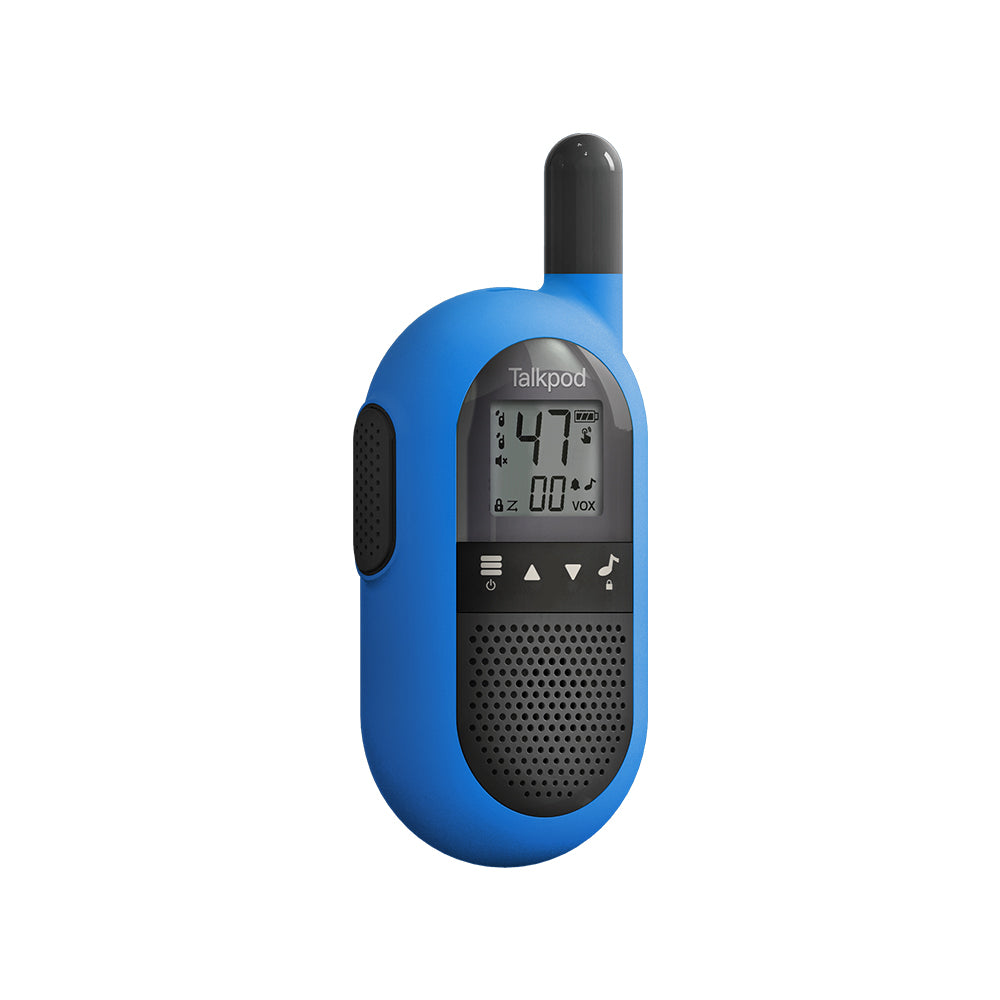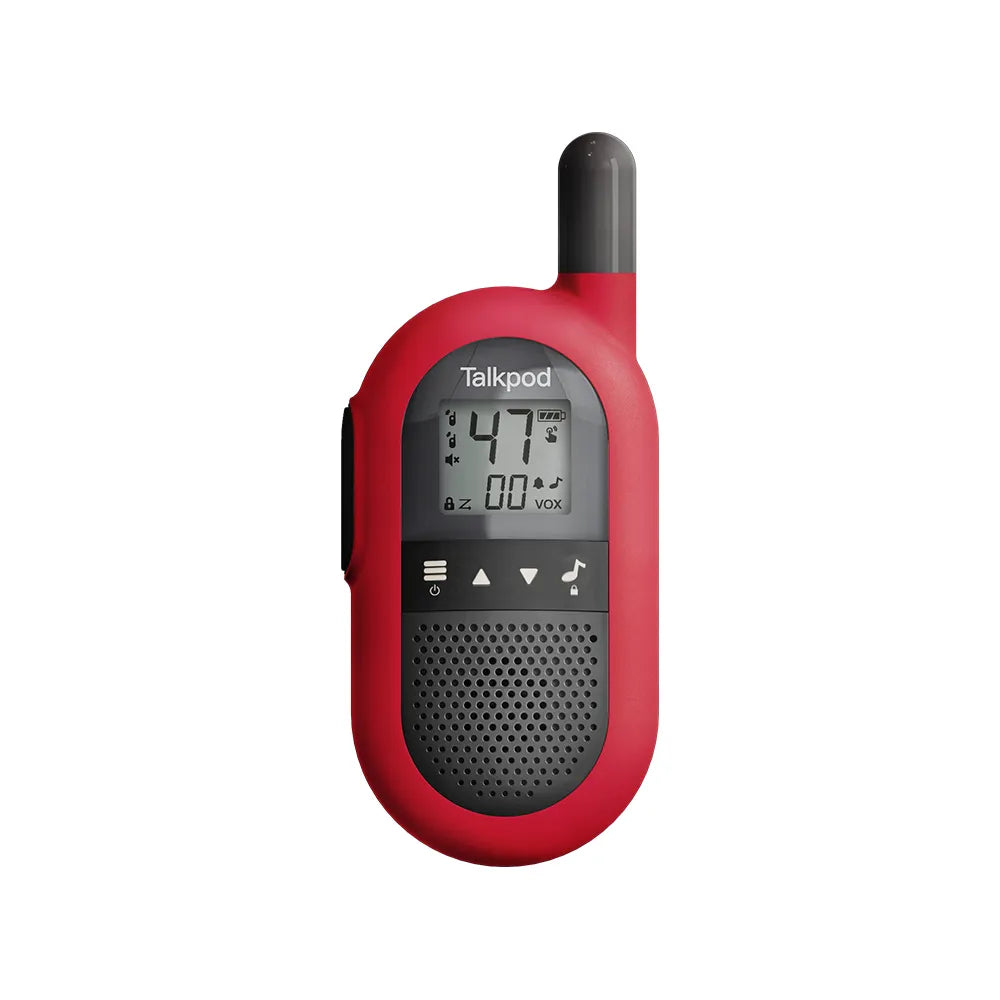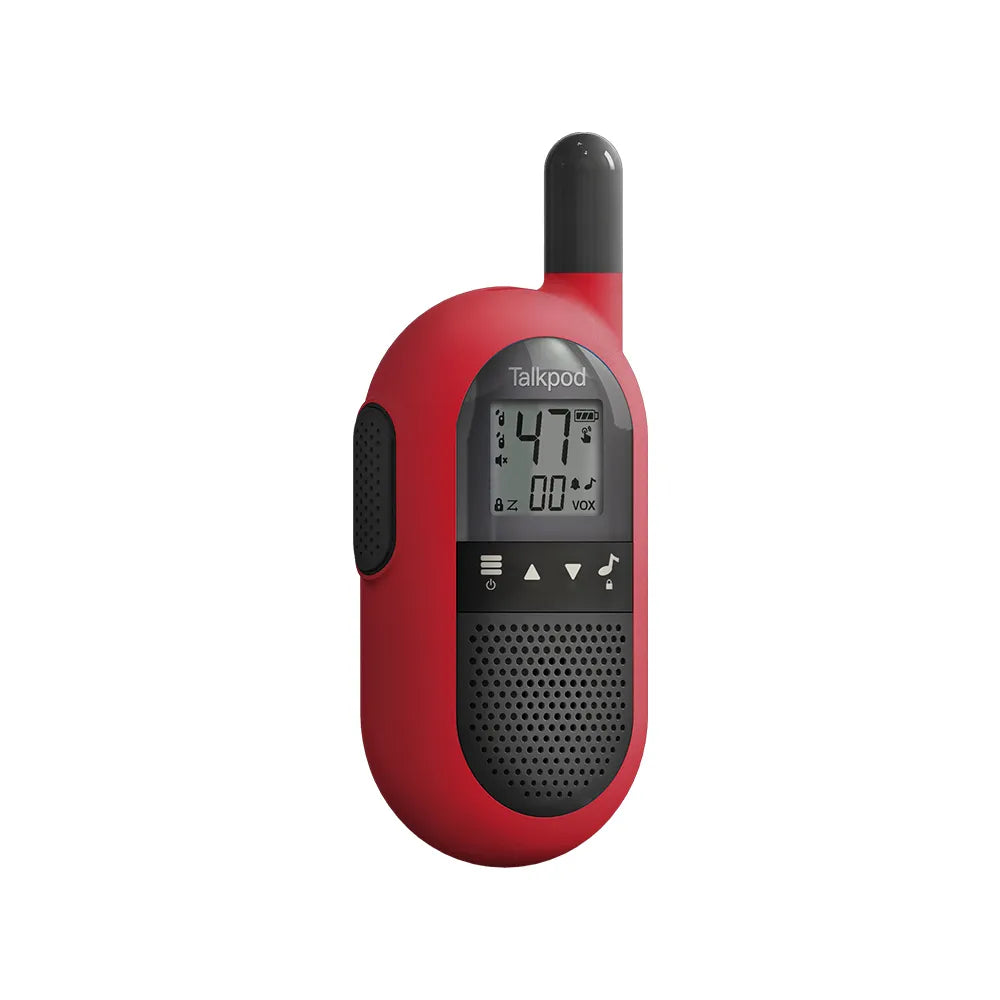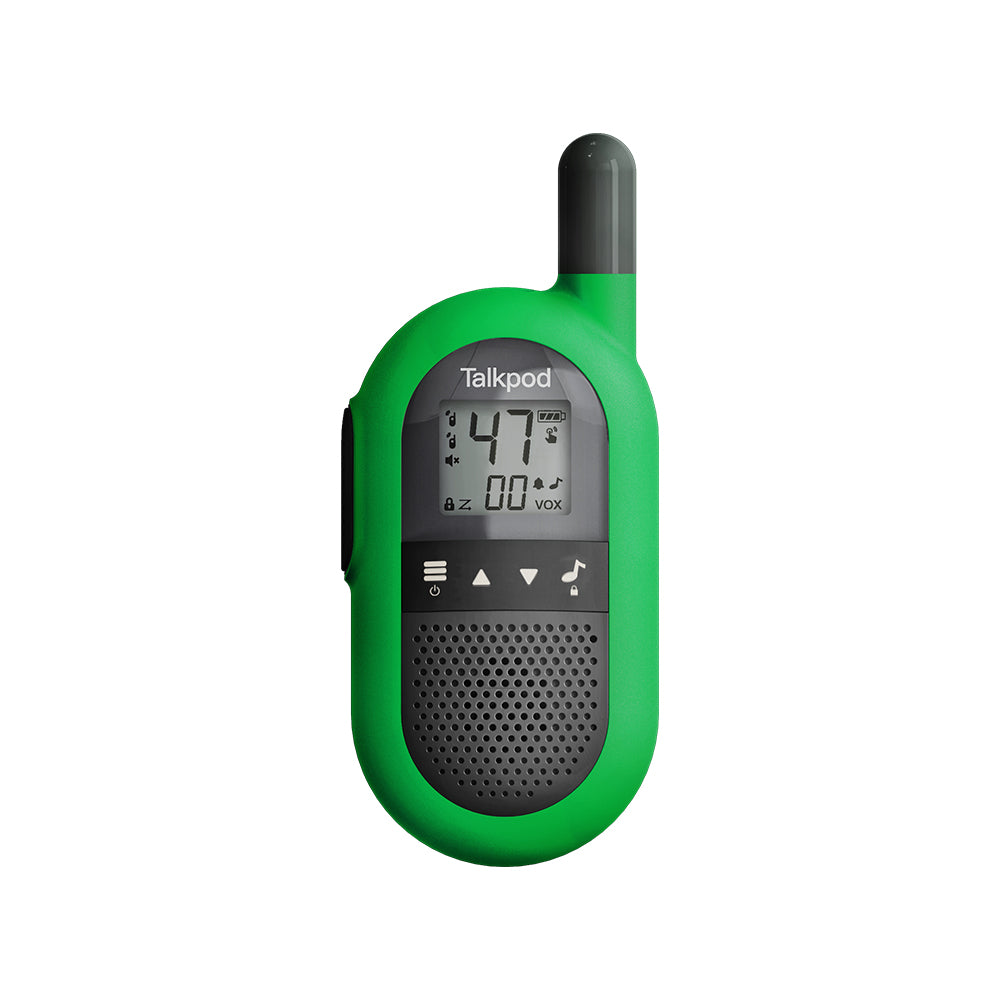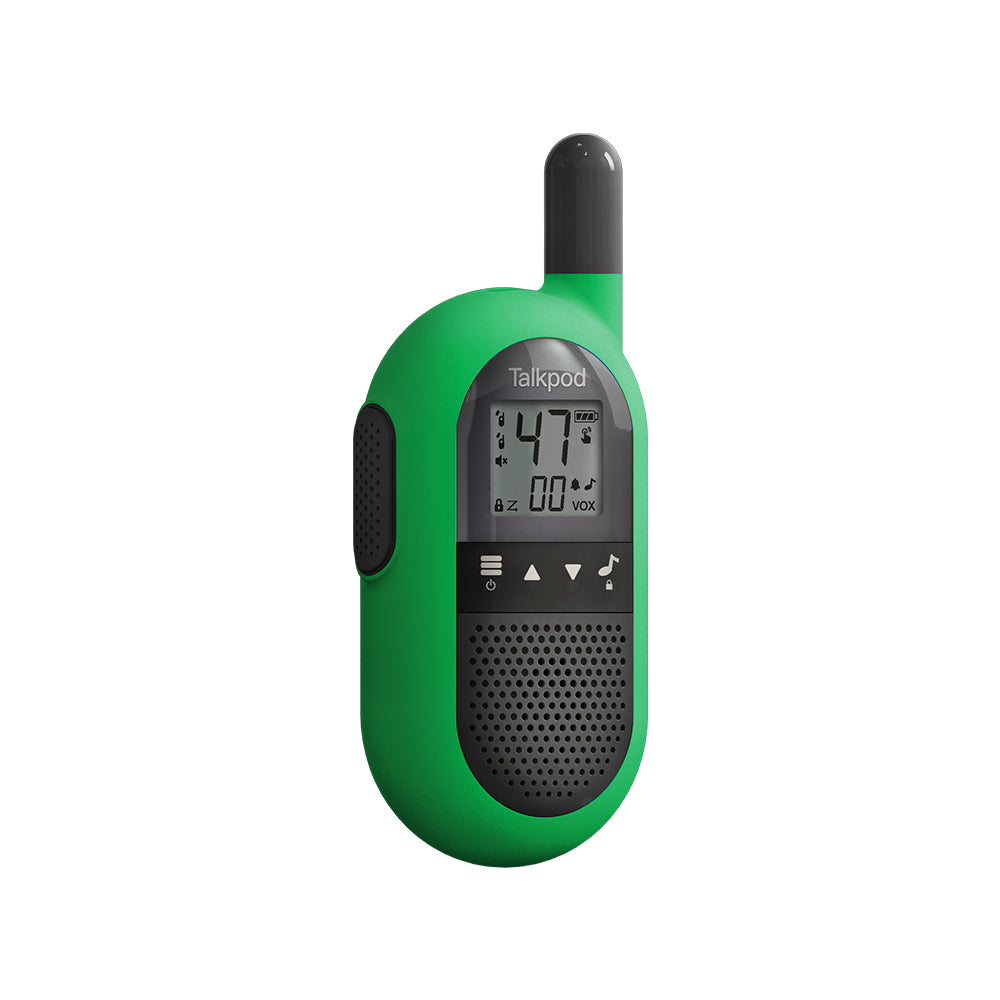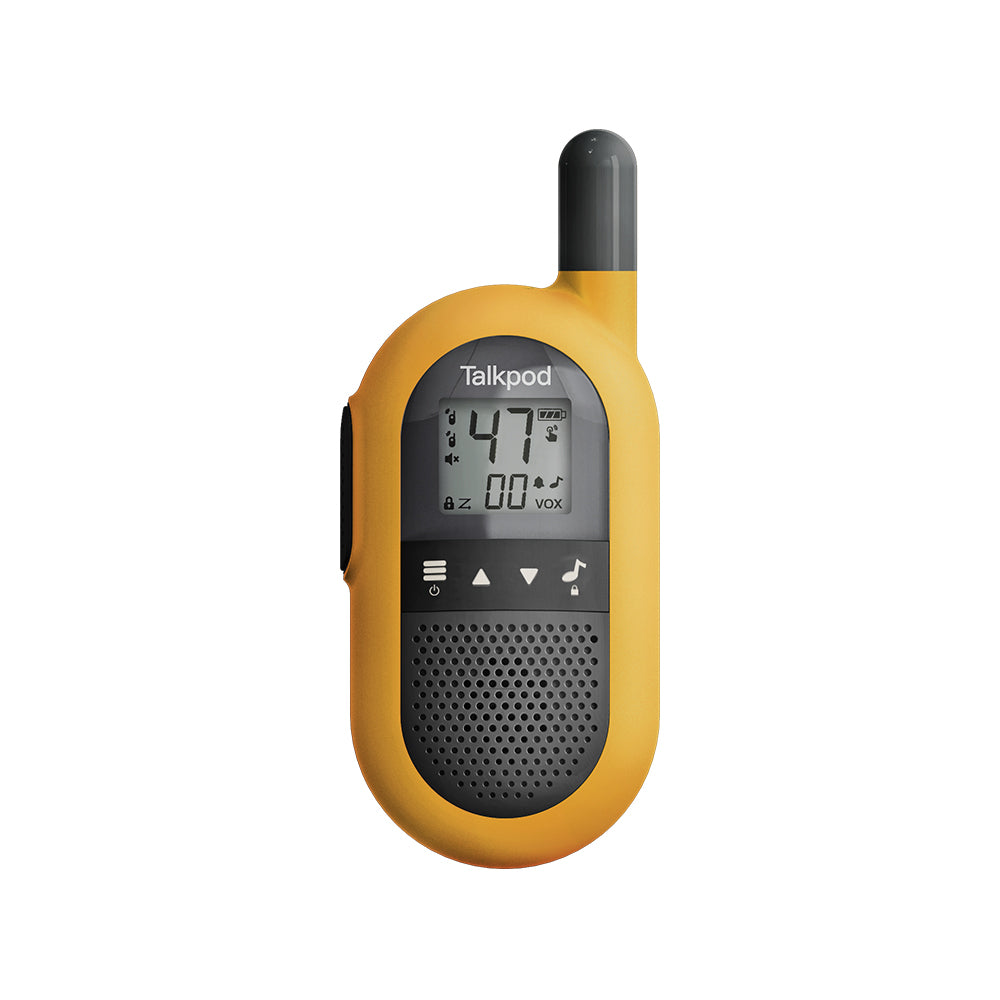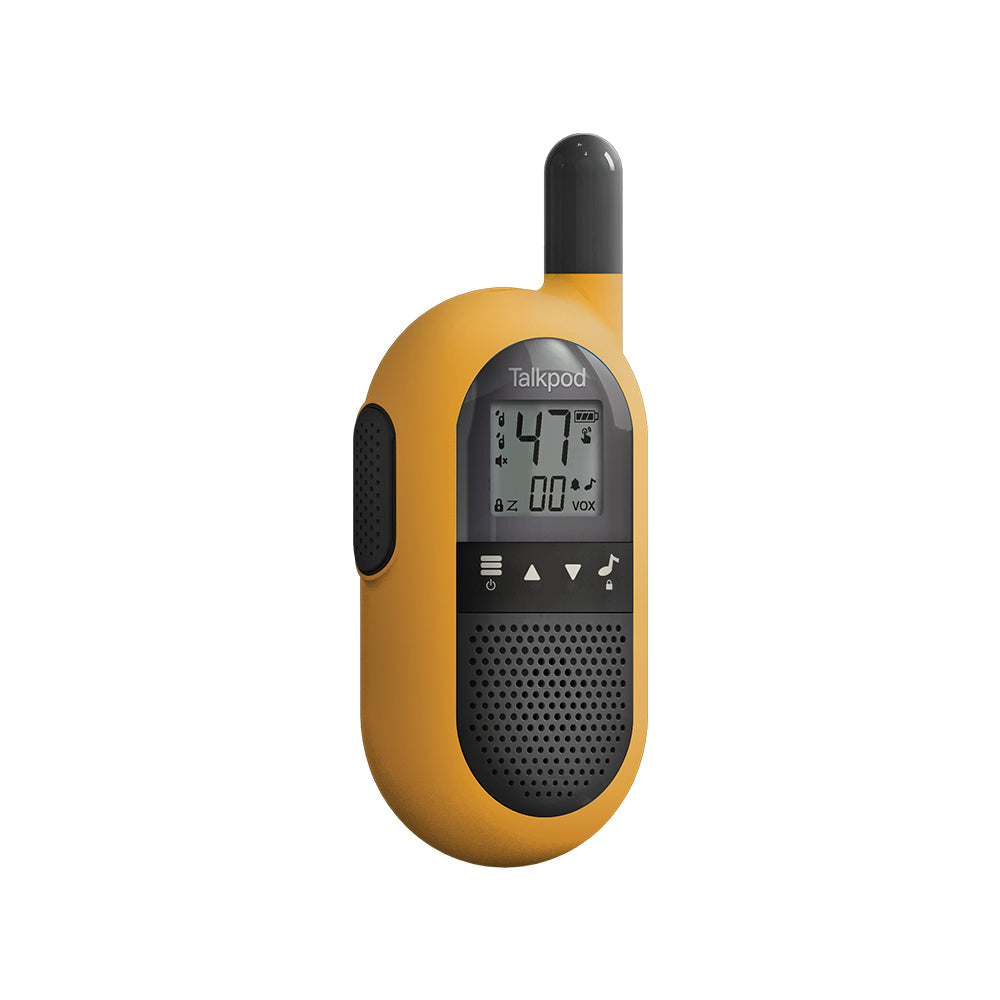Two-way radios, or walkie-talkies, have become a crucial communication tool across various industries. In Europe, the history of two-way radios is marked by wartime innovation, post-war civilian adoption, and technological advancements that continue to shape modern communication. This article explores the evolution of two-way radios in Europe, highlighting key milestones and their impact on both military and civilian sectors.
1. Early Beginnings: The Birth of Wireless Communication
The journey of two-way radios in Europe began with the foundational work of early wireless communication.
-
Heinrich Hertz and Electromagnetic Waves: In the 1880s, German physicist Heinrich Hertz's experiments confirmed the existence of electromagnetic waves, which would later become the basis for wireless communication.
-
Guglielmo Marconi’s Transatlantic Radio: In 1901, Italian inventor Guglielmo Marconi successfully transmitted the first transatlantic radio signal, marking a pivotal moment in global communication. This achievement inspired further development of wireless communication technologies in Europe.
Though early forms of two-way radios were bulky and impractical, these experiments set the stage for future innovations.
2. Wartime Innovation: Two-Way Radios in World War II
World War II catalyzed the advancement of two-way radio technology, making it a critical tool for military success.
-
German "Funkgerät" Radios: The German military used compact, long-range two-way radios like the "Funkgerät" series for battlefield communication, which allowed for better coordination and mobility.
-
Allied Communication Systems: The British and American forces also relied on portable radios like the SCR-300 "Walkie-Talkie" to enhance communication during the war. These radios allowed troops to coordinate and respond quickly on the battlefield.
The war also led to key innovations such as frequency modulation (FM), improving signal clarity and reducing interference.
3. Post-War Civilian Adoption: From Battlefields to Everyday Use
After the war, the use of two-way radios expanded from military to civilian applications across Europe.
-
Public Safety and Emergency Services: Police, fire departments, and emergency services adopted two-way radios to improve coordination and response times during crises. Radios proved to be vital tools in saving lives and improving emergency communication.
-
Commercial Use: Two-way radios became essential in sectors like logistics, construction, and retail, allowing businesses to streamline internal communication and boost operational efficiency.
The post-war period saw significant advancements, such as the introduction of transistor-based radios in the 1950s, which made radios smaller, lighter, and more affordable.
4. Modern Developments: Digital Technology and Advanced Features
The shift to digital technology in the late 20th and early 21st centuries revolutionized two-way radios in Europe.
-
Digital Two-Way Radios: Digital systems provided clearer audio, enhanced security, and enabled the transmission of data along with voice communication, making two-way radios more versatile.
-
GPS and Data Integration: Modern radios now feature GPS tracking, enabling real-time location sharing and improving coordination, particularly in industries like transportation and field operations.
-
Cluster Communication Systems: European-developed systems like TETRA (Terrestrial Trunked Radio) enabled secure, high-capacity communication networks for public safety, transport, and commercial use.
5. Current Applications of Two-Way Radios in Europe
Today, two-way radios remain essential across various sectors in Europe:
-
Public Safety: Emergency services continue to rely on two-way radios for real-time communication during crises. Radios are often integrated with advanced dispatch systems to enhance efficiency.
-
Industrial and Commercial Use: Industries such as manufacturing, hospitality, and warehousing use two-way radios to maintain smooth operations, improve teamwork, and enhance safety protocols.
-
Recreational Use: Two-way radios are also popular among amateur radio enthusiasts, outdoor adventurers, and families, providing reliable communication during activities like hiking and camping.
6. The Future of Two-Way Radios in Europe
Looking ahead, the future of two-way radios in Europe is shaped by technological advancements and new communication needs:
-
AI-Driven Communication: Artificial intelligence could enhance two-way radios by automating routine tasks, improving voice recognition, and enabling smart communication features.
-
5G Integration: The rollout of 5G networks will expand the capabilities of two-way radios, enabling faster data transmission, broader coverage, and more integrated communication systems.
-
Sustainability Initiatives: Manufacturers are focusing on developing energy-efficient radios with eco-friendly materials, supporting the global movement towards sustainability.
Conclusion
The evolution of two-way radios in Europe highlights the pivotal role of communication technology in both military and civilian contexts. From its early military use in World War II to its widespread adoption in modern industries, two-way radios have adapted to meet the needs of various sectors. As Europe continues to lead in technological advancements, two-way radios will remain a vital tool for communication in the future.


